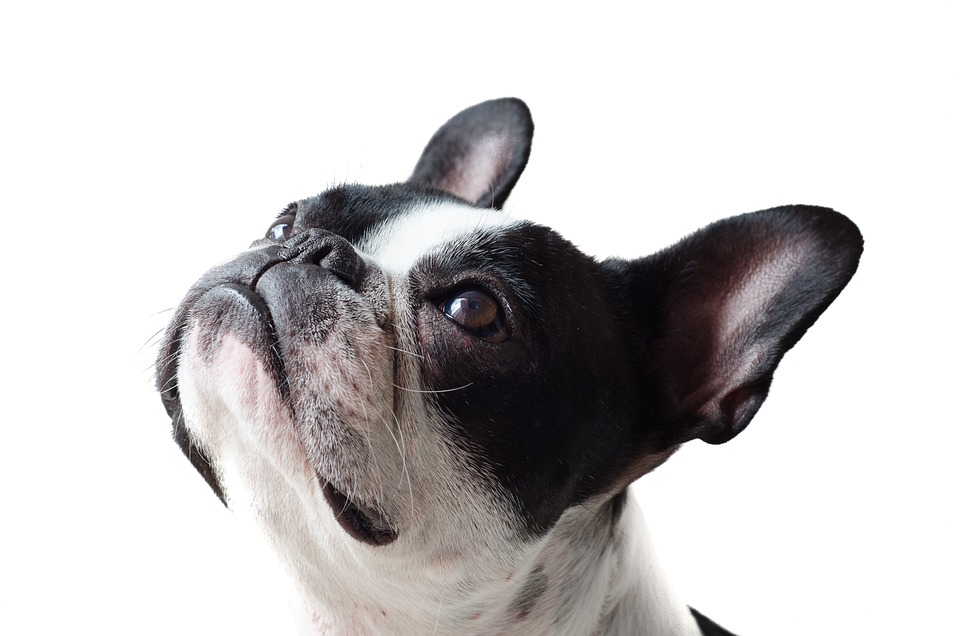As a dog owner, one of the most important commands you can teach your furry friend is to come when called. Not only does this command ensure your dog’s safety, but it also allows for a stronger bond between you and your canine companion. In this article, we will discuss effective techniques to train your dog to come when called reliably, along with some frequently asked questions about this essential command.
1. Start with Basic Recall Training
– Establish a positive association: Use treats, praise, and a happy tone of voice to create a positive experience when your dog comes to you.
– Choose a command word: Select a clear and concise command word, such as “come” or “here,” and consistently use it during training.
– Use a long leash: Begin training in a secure, distraction-free area and attach a long leash to your dog’s collar. This allows you to gently guide them towards you if they don’t respond immediately to the command.
2. Make Recall Training Fun and Rewarding
– Use high-value rewards: Find treats or toys that your dog absolutely loves and reserve them solely for recall training sessions. This will make the command more enticing for your pup.
– Incorporate play: Integrate short play sessions during training to make it enjoyable for your dog. Tug of war or a quick game of fetch can serve as a reward for coming when called.
– Celebrate success: When your dog responds promptly to your recall command, celebrate their achievement with enthusiastic praise and rewards.
3. Gradually Increase Distractions
– Add controlled distractions: Once your dog reliably responds to the recall command in a distraction-free environment, gradually introduce controlled distractions. Start with low-level distractions, such as toys or mild noises, and work your way up to more challenging distractions.
– Practice in new locations: Dogs do not generalize well, so it’s crucial to practice recall training in various locations such as parks, streets, or friends’ houses. This helps your dog associate the command with coming to you, regardless of the surroundings.
4. Avoid Common Mistakes
– Never punish your dog for coming: If your dog associates coming to you with punishment, they will be hesitant to respond to your recall command. Always keep the experience positive and rewarding.
– Don’t overuse the recall command: Using the recall command unnecessarily or in situations where you cannot enforce it can weaken its effectiveness. Only use the command when you can ensure your dog will come.
– Stay patient and consistent: Training takes time and effort. Consistency is key, so make sure everyone in your household uses the same command word and follows the same training techniques.
Frequently Asked Questions (FAQs)
Q1. What if my dog doesn’t come when called?
If your dog doesn’t respond to the recall command, avoid chasing or scolding them. Instead, go back to the basics of recall training in a controlled environment and reinforce positive associations by using high-value rewards.
Q2. How long does it take to train a dog to come when called?
The duration of training varies depending on the individual dog and consistency of training. Some dogs may grasp the command within a few weeks, while others may require months of practice. Patience and persistence are essential.
Q3. Can I train an older dog to come when called?
Yes, you can train an older dog to come when called. However, it may take more time and effort compared to training a younger pup. Remember to be patient and use positive reinforcement techniques consistently.
Q4. Will an electronic collar help with recall training?
While electronic collars can be effective when used correctly, they should be used as a last resort and under the guidance of a professional trainer. Positive reinforcement techniques combined with consistency are typically sufficient for training your dog to come when called.
By following these training techniques and consistently practicing the recall command, you can ensure that your furry companion comes to you reliably, no matter the situation. Remember, patience, positive reinforcement, and a strong bond with your dog are the keys to successful recall training. Happy training!









